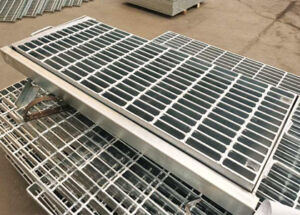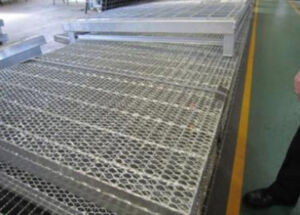Steel grating industry standards play a crucial role in ensuring the quality and safety of steel grating products. These standards are established by regulatory bodies and industry organizations to set guidelines for manufacturing, testing, and installation of steel grating.
One of the most important standards in the steel grating industry is the load bearing capacity. This standard specifies the maximum load that a steel grating can withstand without deformation or structural failure. It is essential for ensuring the safety and reliability of steel grating in various applications.

Another key aspect covered by industry standards is the material requirements for steel grating. These standards define the types of steel, coating, and surface treatment that are suitable for different environmental conditions and applications. By adhering to these material standards, manufacturers can produce steel grating that meets the performance and durability expectations of end users.
In addition to material and load bearing standards, industry standards also address the dimensional and tolerance requirements for steel grating products. This includes specifications for panel size, mesh pattern, and permissible deviations in dimensions. These requirements are essential for ensuring the interchangeability and compatibility of steel grating components from different manufacturers.
Furthermore, industry standards provide guidelines for the installation, inspection, and maintenance of steel grating. These guidelines help to ensure that steel grating products are installed correctly and are regularly inspected for signs of wear, corrosion, or damage. By following these guidelines, end users can maximize the service life and performance of steel grating in their applications.

The development and revision of industry standards are typically carried out by technical committees comprising experts from steel grating manufacturers, end users, and regulatory authorities. These committees review technological advancements, industry best practices, and field performance data to continuously improve the standards and address emerging challenges in the steel grating industry.
In conclusion, steel grating industry standards encompass a wide range of technical and performance requirements that are essential for ensuring the quality, safety, and reliability of steel grating products. By adhering to these standards, manufacturers, specifiers, and end users can make informed decisions and have confidence in the performance of steel grating in various applications.

